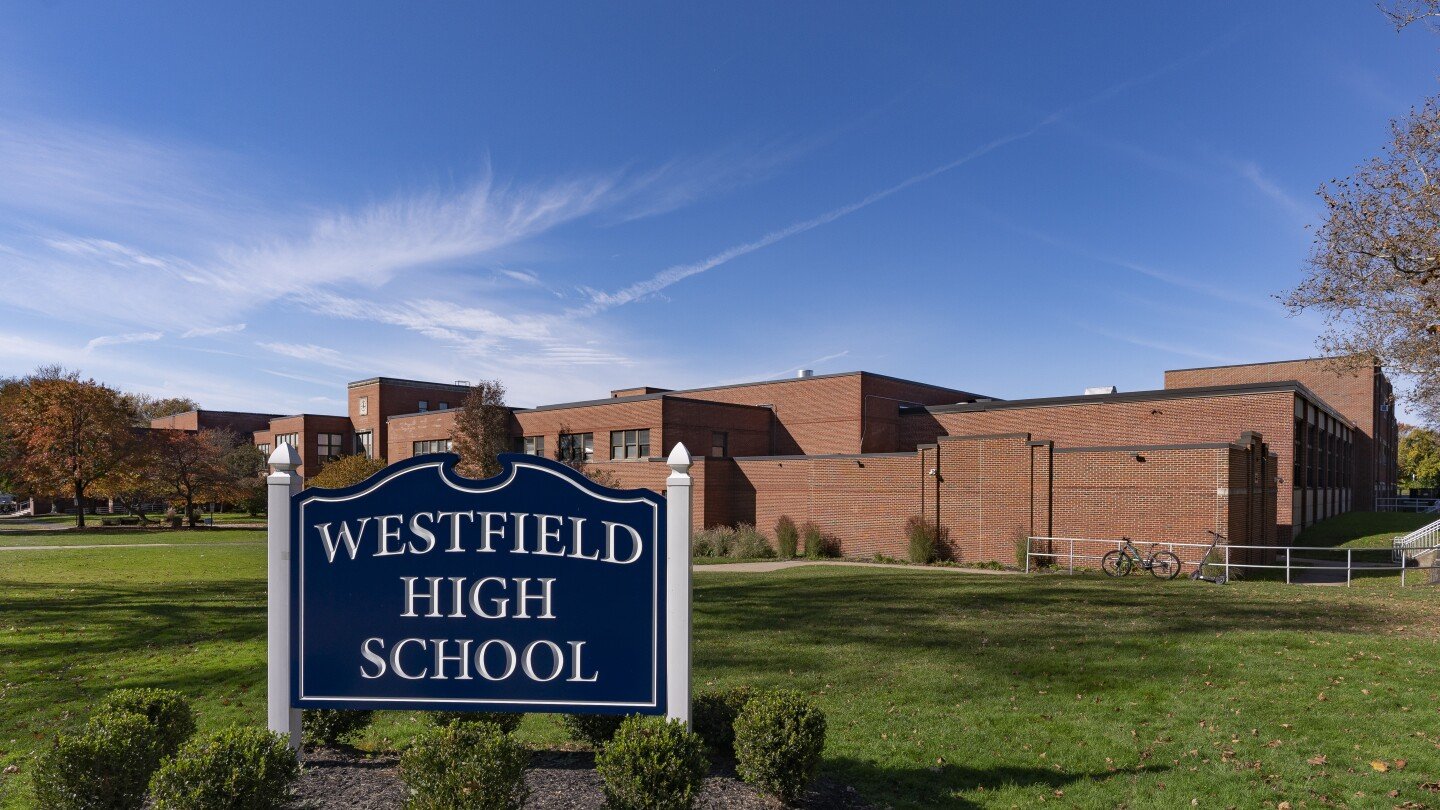A mother and her 14-year-old daughter are advocating for better protections for victims after AI-generated nude images of the teen and other female classmates were circulated at a high school in New Jersey.
Meanwhile, on the other side of the country, officials are investigating an incident involving a teenage boy who allegedly used artificial intelligence to create and distribute similar images of other students – also teen girls - that attend a high school in suburban Seattle, Washington.
The disturbing cases have put a spotlight yet again on explicit AI-generated material that overwhelmingly harms women and children and is booming online at an unprecedented rate. According to an analysis by independent researcher Genevieve Oh that was shared with The Associated Press, more than 143,000 new deepfake videos were posted online this year, which surpasses every other year combined.



…who by definition is AI generated and does not, in fact, exist?
While you’re correct, many of these generators are retaining the source image and only generating masked sections, so the person in the image is still themselves with effectively photoshopped nudity, which would still qualify as child pornography. That is an interesting point that you make though
Of course they exist. If the AI generated image “depicts” a person, a victim in this case, that person “by definition” exists.
Your argument evaporates when you consider that all digital images are interpreted and encoded by complex mathematical algorithms. All digital images are “fake” by that definition and therefore the people depicted do not exist. Try explaining that to your 9 year old daughter.
Go to this website and tell me who is depicted in the photo, please?
Are you daft? I assume that the person depicted in the photo at thispersondoesnotexist.com does not exist.